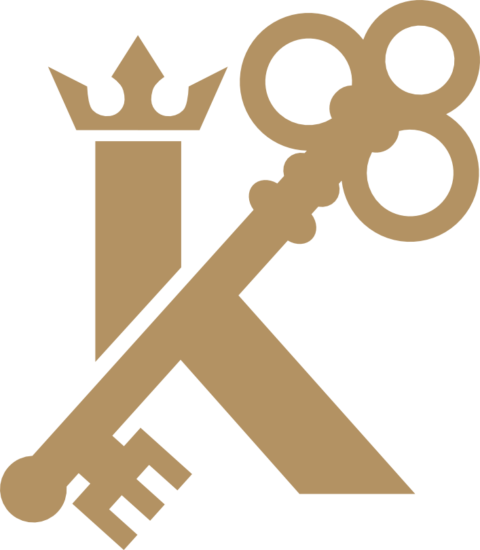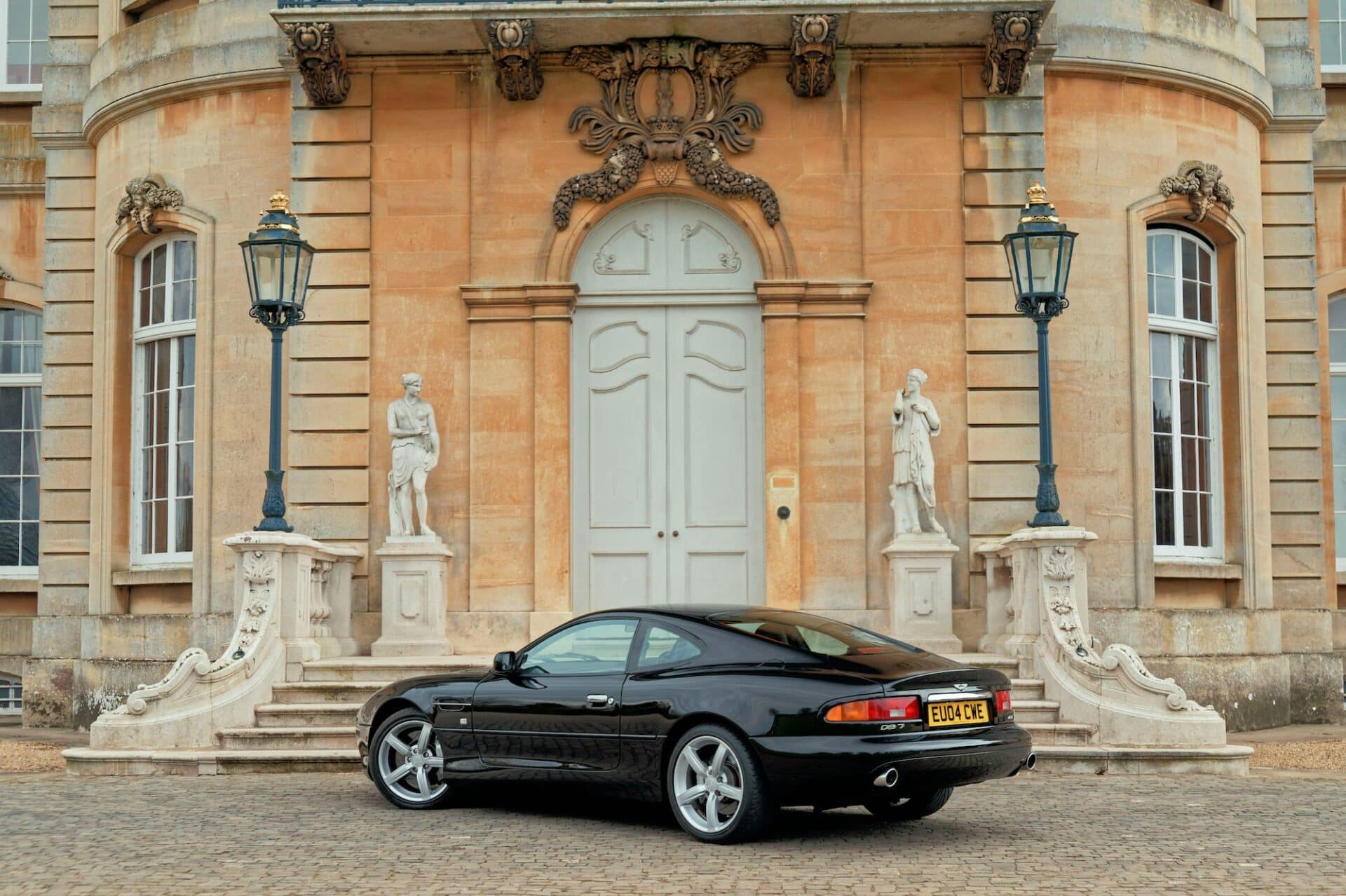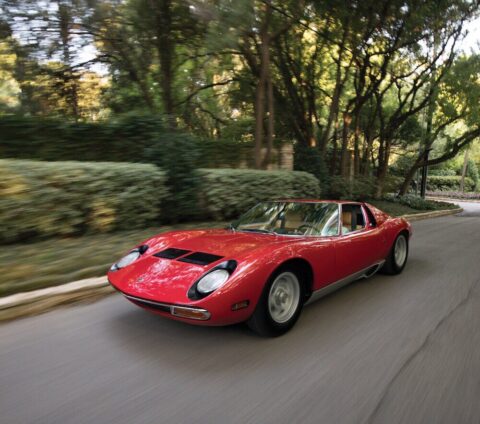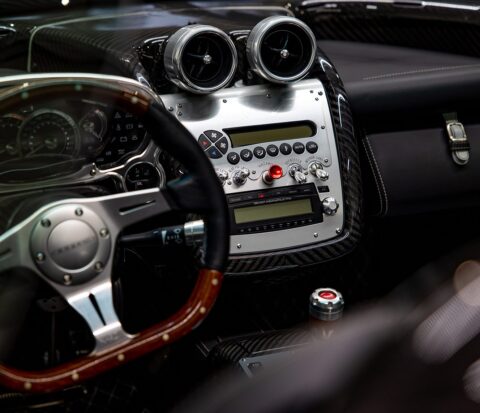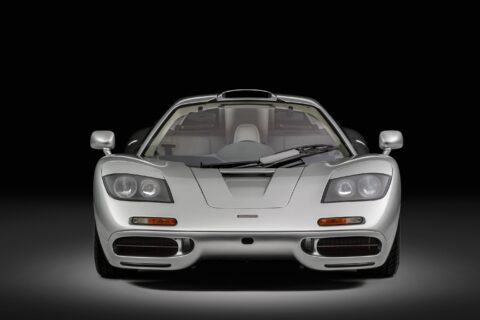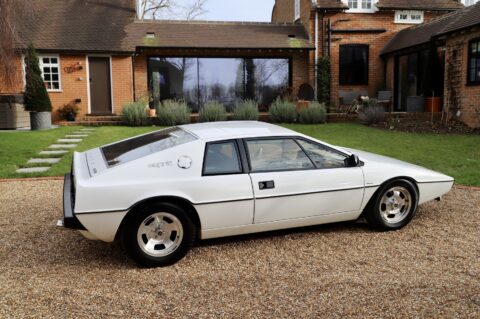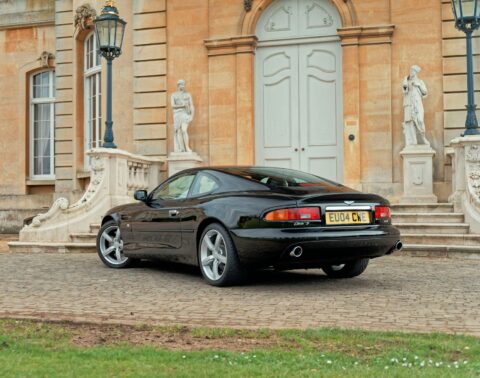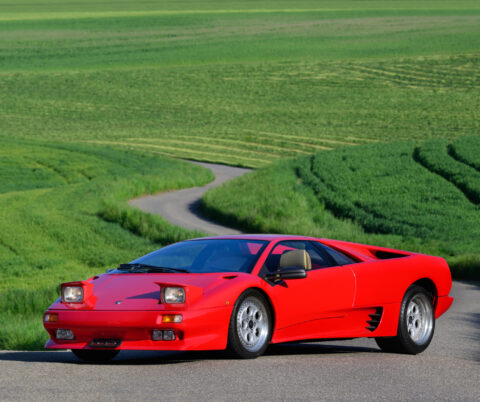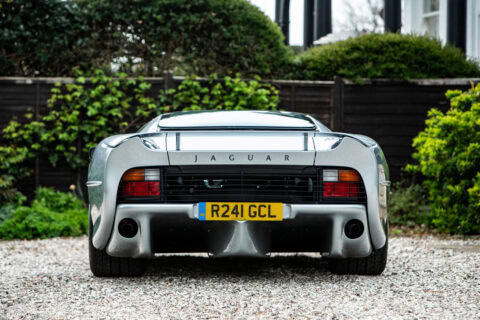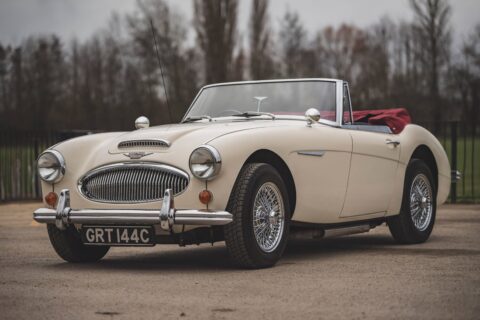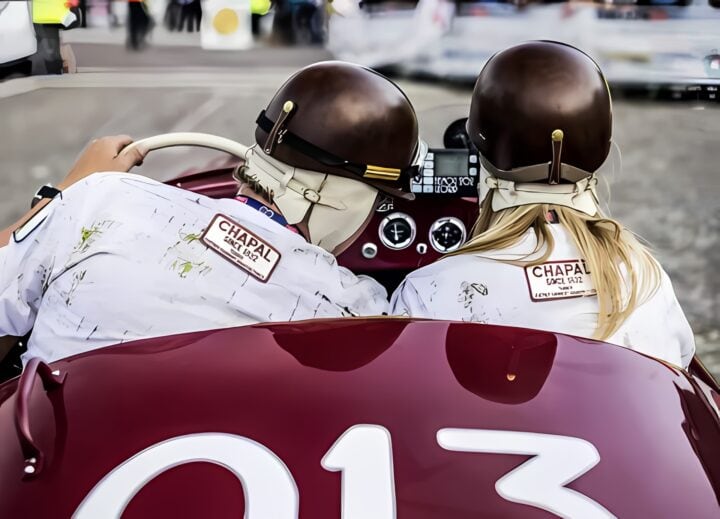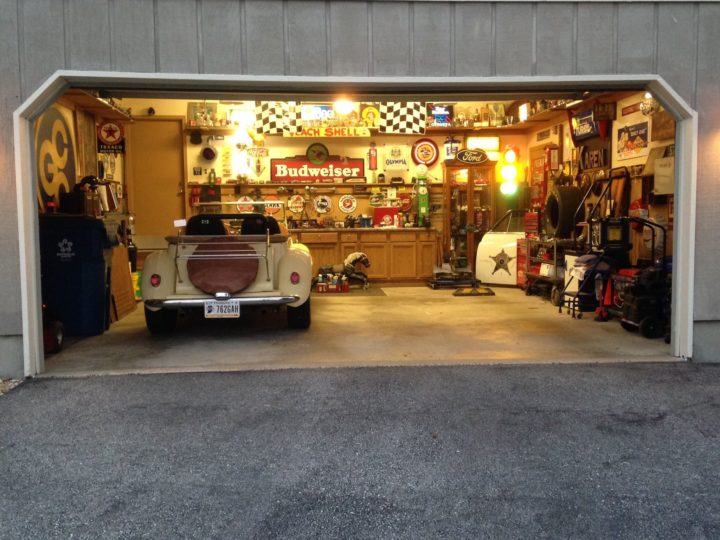The Hidden Legacy
Classic cars are often celebrated for their individuality, craftsmanship, and unique designs. However, behind the scenes, many classic car manufacturers relied on shared components to cut costs, simplify production, and ensure reliability. This practice of “component sharing” not only shaped the automotive industry but also created surprising connections between manufacturers.
Manufacturing bespoke components for every model was expensive, especially for niche or low-volume carmakers. To overcome this, manufacturers often sourced parts from larger brands or specialized suppliers. This practice allowed them to focus on design and performance while using reliable, cost-effective components for non-critical areas.
Lamborghini Miura
Often regarded as the first true supercar, borrowed its distinctive black grille vents from the humble Simca 1200 S Coupe and its front and rear lights from the Fiat 850 Spider. These parts were cleverly integrated into the Miura’s sleek design, proving that even exotic cars can benefit from cost-effective sourcing.
Pagani Zonda
The hyper-exclusive Italian supercar, known for its jaw-dropping performance and price tag, used HVAC heater and ventilation controls from the Rover 45. Pagani disguised the controls so well within the Zonda’s luxurious interior that most owners never realized their humble origins.
McLaren F1
The legendary McLaren F1 used wing mirrors sourced from the Volkswagen Corrado. This practical choice didn’t compromise the car’s aerodynamics or aesthetics.
Lotus Esprit
The futuristic Lotus Esprit borrowed its door handles from the Morris Marina, a much-maligned British family car. These handles were also used on other Lotus models like the Elite and Eclat.
Aston Martin DB7
Aston Martin’s DB7, which helped revive the brand in the 1990s, used taillights and door handles from the Mazda 323 F (Astina) in addition to having Ford mirror switches and a Jaguar key fob. This clever reuse of parts allowed Aston Martin to allocate resources toward its luxurious interiors and powerful engines.
Lamborghini Diablo
A symbol of excess and speed in the 1990s, shared indicator stalks with the Morris Marina and headlights with Nissan 300ZX. In fact, the carbon eyelids on top of the headlights are there to hide the Nissan emblems. This unlikely pairing demonstrates how even high-end manufacturers sometimes dip into simpler parts bins.
Austin Healey 3000
Austin-Healey shared several key components, both within their own line-up and with other British Motor Corporation (BMC) vehicles, including engines, transmissions, brake systems, steering assemblies, suspension and chassis elements.
Conclusion
The practice of borrowing parts has left an indelible mark on automotive history. From supercars to kit cars, these shared components tell fascinating stories about ingenuity and resourcefulness in car design. Knowing these connections adds another layer of appreciation to classic cars.
New manufacturers continue to emerge, producing parts that meet the needs of restorers. Keeping an eye on these newcomers can lead to finding parts that enhance the performance of classic vehicles while maintaining their authentic appeal.
So, the next time you encounter a rare part that’s difficult to find, don’t forget to expand your search beyond one brand. The perfect piece may just be waiting for you on the shelves of a different manufacturer, ready to bring your classic dream to life!
Automotive Directory
If you’re eager to explore the restoration scene, or if you’re looking to showcase your own business, the Classic Is Key Automotive Directory is a valuable resource. This up-and-coming directory connects enthusiasts with reputable companies specialising in classic car restorers, parts, and services. Find what you need, whether it’s a rare component or a reliable restorer, all in one place.
